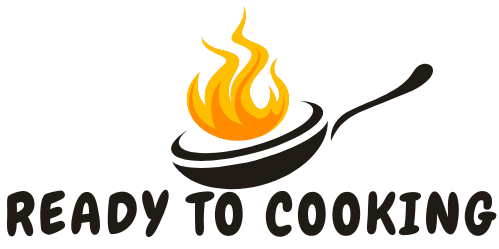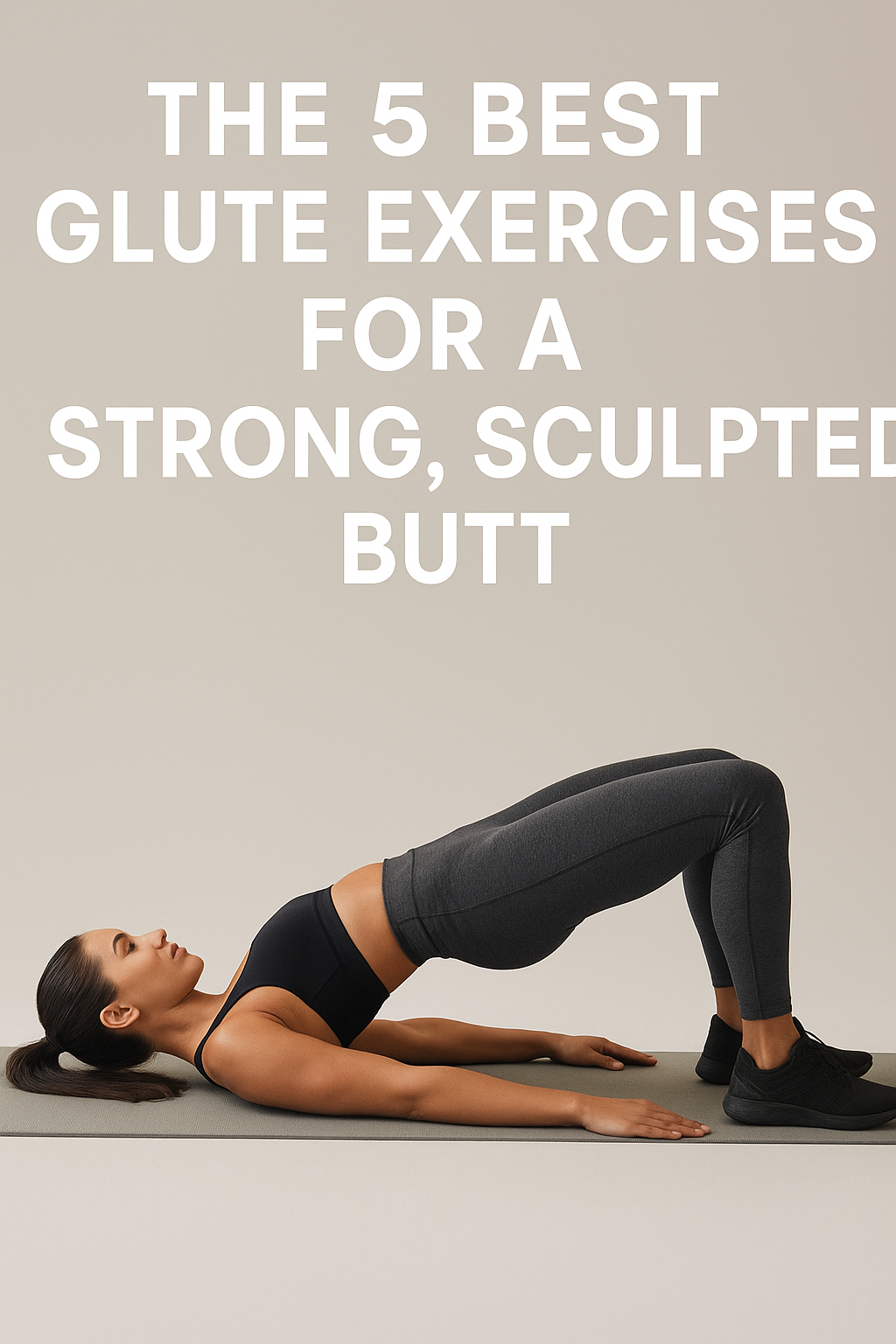When it comes to fitness, trainers often talk about the difference between “show” muscles and “go” muscles — the ones that look good versus the ones that actually perform. Most workouts tend to favor one or the other: building biceps for looks or strengthening the core for function. But if there’s one muscle group that checks both boxes, it’s your glutes — the powerhouse behind explosive athletic movement and a toned, lifted butt.
Why You Should Train Your Glutes
Your glutes aren’t just about aesthetics — they play a vital role in how your body moves every single day.
“Glute training isn’t just for athletes or bodybuilders; it’s essential for everyone,” says Jenny Liebl, CPT, senior content developer at the International Sports Sciences Association (ISSA) and author of ISSA’s Glute Specialist course.
The glute muscles are among the largest and strongest in your body. They help with nearly every movement pattern — from standing up and walking to running, jumping, and lifting. Strong, well-functioning glutes improve posture, reduce injury risk, and enhance both athletic performance and everyday mobility.
Understanding Your Glute Muscles
To build a rounder, stronger backside, it’s crucial to train all three parts of your glutes:
- Gluteus Maximus – The largest and most powerful muscle, responsible for hip extension. It gives your butt its shape and helps you stand up, climb stairs, sprint, and lift heavy objects.
- Gluteus Medius – Located on the outer hip, this muscle is key for stability and balance, especially during single-leg movements like lunges or walking.
- Gluteus Minimus – The smallest and deepest glute muscle, it works with the medius to stabilize and align your hips when you’re on one leg.
The Bottom Line
Whether you want to build strength, improve posture, or enhance your physique, focusing on your glutes delivers major results. Training them properly will not only shape and lift your butt but also boost your athletic performance and prevent injuries.
Stay tuned for the 5 best glute exercises that target all areas of your glutes for a strong, sculpted, and balanced lower body.
The Best Glute Exercises
- Step-Up
“The EMG research says a squat, a step-up, a lunge, and a leg press are all almost the exact same in terms of recruiting the glutes,” says Luke Carlson, founder and CEO of Discover Strength. Emphasis on the word “almost.”
Compared with most other lower-body or glute-specific exercises, the step-up brings something unique to the table in that it has you moving through space as you load the muscles, resulting in an overall greater muscle recruitment.
“Step-ups have one of the highest levels of glute activation, due to the stabilization requirements,” personal trainer Josh Schlottman, CSCS, says. That means more bang for your buck and less time waiting for the squat rack to open up.
How to do it:
Grab a pair of dumbbells and stand facing a sturdy box or bench. Carlson recommends a surface that is about the height of your kneecaps.
Holding the dumbbells at your sides, step your left foot up onto the box.
Press through your left foot to lift your body up onto the box, keeping your trailing leg loose and relaxed.
Allow your left leg to extend fully—pausing just before lock-out—and let your right foot touch down lightly on top of the box.
Step down back down slowly, reversing the movement with control to maximize the eccentric phase. That’s one rep. Repeat on the right leg and continue alternating to complete the desired number of reps.
Trainer tip: The emphasis should always be on your working leg, with as little assistance coming from your trailing leg as possible, says Carlson.
“Your focus should be on driving off the lead foot and lead leg,” he says. “You’re placing that lead foot on the box and you’re trying to drive through the entire foot—so the heel and the forefoot. You should be putting almost all of your weight on that lead leg, and not jumping off the ground with the foot that’s on the floor. That’s key.”
- Bulgarian Split Squats
You can run from Bulgarian split squats, but you can’t hide. There’s a reason trainers can’t stop recommending this exercise. It’s simply one of the most effective ways to max out lower-body muscle development—and with a small tweak, you can really
- Abduction Machine
“Most glute exercises only focus on the gluteus maximus muscles, but you’ll want to train your side glute muscles, too,” Schlottman says.
Not only will training the sides of your glutes—the gluteus medius—contribute to more well-rounded glute development, literally speaking, it can also help reduce your risk of lower-body injuries, and even back pain. To get the most out of these muscles at the gym, all the trainers we spoke with recommend an abduction exercise.
“There’s just no way you’re working that musculature without it,” Carlson says. “If you’re not doing abduction, you’re not going to maximize glute development.” Carlson favors the abduction machine over cables, as it makes it easier to nail the movement with proper form and target these muscles more effectively. “It might not look intense, but you’ll definitely feel those side glutes light up,” Liebl says.
How to do it:
Sit down in an abduction machine with the sides of your legs pressed against the pads.
Slowly press your upper legs outward against the resistance of the machine.
As you press your legs away from one another, keep your back tall and avoid using momentum to swing the legs out. You’re aiming for a slow, controlled movement.
Make sure to use your full range of motion on each rep, even if that means choosing a lighter weight. (“The mistake that most trainees make is using a little bit too much weight and then not getting very far out,” Carlson says. “I would go a little bit lighter on weight to make sure you’re getting a fuller range of motion.”)
Pause for a count at the top of the rep, and then slowly reverse the movement to return to the starting position. That’s one rep.
Trainer tip: “If you don’t have access to an abduction machine, putting a band around your ankles and doing an abduction band walk—where you’re stepping laterally while keeping tension on the band—will still work the abductors,” Carlson says. “If you don’t have much equipment, that’s the way to do it, and that will work for sure.”
- Single-Leg Leg Press
During his time training top-flight football players, Carlson relied heavily on what he calls “the ultimate glute exercise” to help his athletes build robust glutes.
“We did a ton of single-leg leg presses when I was in the NFL,” he says. “They’re great for glute development, whether you’re performance focused or you just want to have more attractive glutes.”

